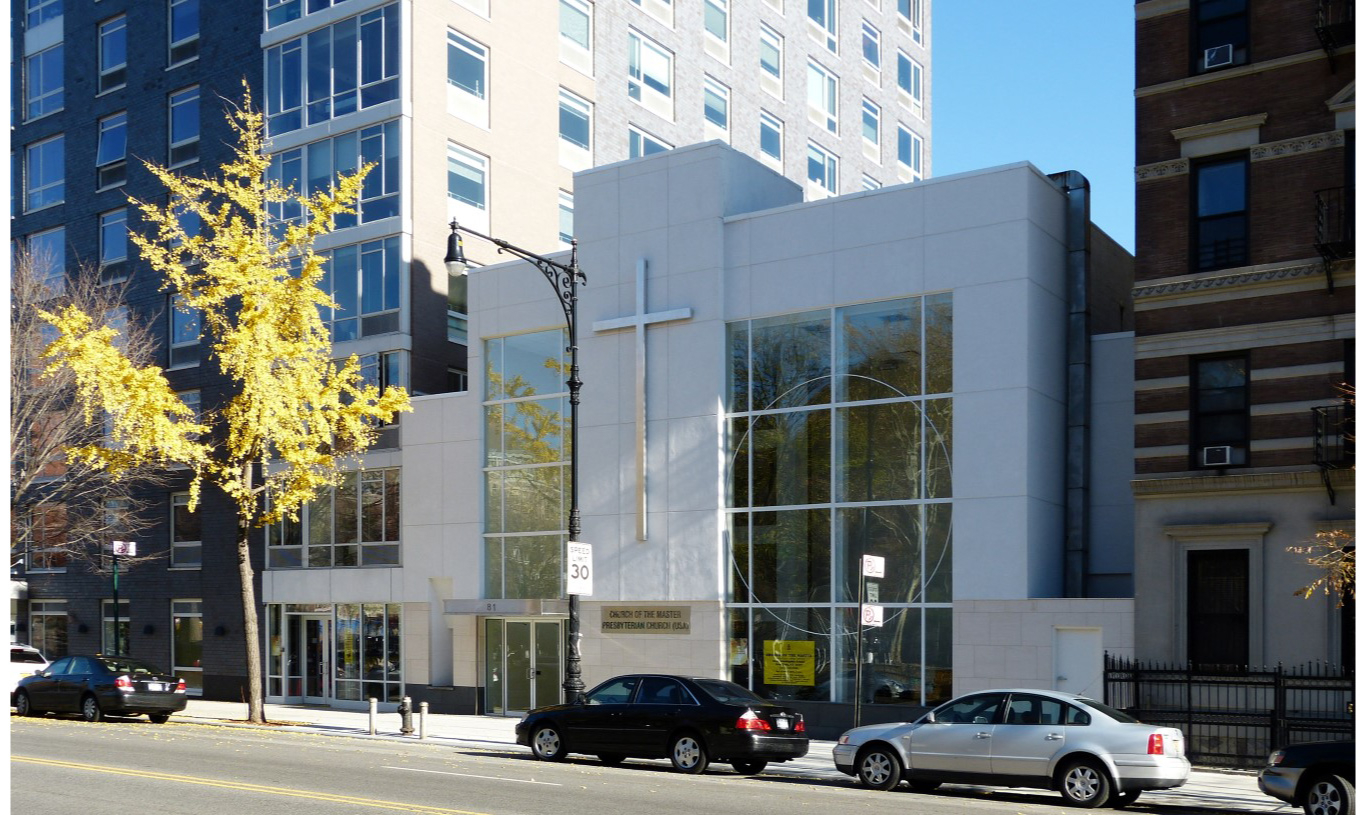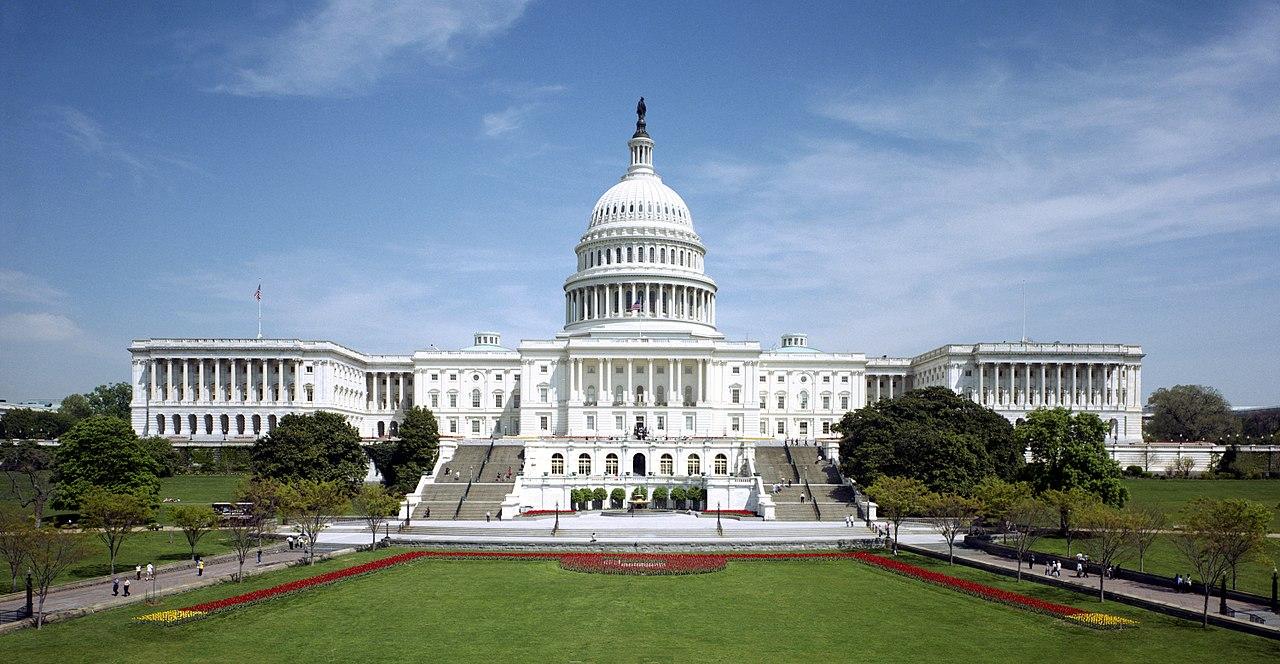Victor Body-Lawson is an architect with a social conscience he attributes to his mentor, Max Bond.
The partner in Davis Brody Bond took Body-Lawson under his wing when the young Nigerian was a graduate student at Columbia University. “He reviewed my work, and we became friends – we played tennis and we hung out,” he says. “I try to carry on the things I learned from him, like giving back.”
Bond would bring in Body-Lawson’s firm, founded in 1993, to work on the Manhattanville campus of Columbia – along with SOM, Renzo Piano Workshop, and his own practice. “We were the local firm,” he says.
Body-Lawson now focuses on churches and affordable housing. “The housing empowers the residents with the materials we use and spaces they live in,” he says.
Empowerment is key to his architectural philosophy. “I believe architecture is a spiritual thing that can help people grow,” he says. “I see our buildings as change agents.”
That’s especially true with churches. Invited by the Riverside Church in 1998 to develop a master plan, he discovered that the Rockefeller family had donated money during the height of the Depression to build it – and invest in a trust for its perpetual upkeep.
“They gave $100 million so the pastor wouldn’t have to worry about light bulbs or electricity,” he says. “So in working with churches, we realized that they had to establish some kind of guarantee that they didn’t rely on the dynamism of the pastor.”
That means enlightening churches to look at themselves not as religious institutions only, but as business entities too. He persuaded one to buy a former manufacturing facility in the Bronx, three stories tall. The sanctuary and fellowship hall are on the ground floor, with commercial space atop that’s rented out. “It generates passive income, and will sustain the church in the long run,” he says.
He’s working with four churches during this time of pandemic. “It’s a problem from an economic standpoint,” he says. “From a spiritual standpoint, it’s made them stronger.”
One has put its project on hold. Another is moving forward to the design phase. Others are asking what the African American church of the future will be – and technology is one of his answers.
“We’ll put in studios – separate rooms connected to the Internet, but not physically connected to the church,” he says. “They’ll create new content for Instagram and YouTube to attract more members with social media – some see that as a way forward.”
Most realize that until things get back to normal, they’ll have to do things differently. “There are dwindling numbers and the pandemic that they’re coming to terms with,” he says. “So the question is how to design with social distancing, hand sanitizing, cleaning stations, and making people sit farther apart until then.”
Above all, though, his architecture will be designed to empower his clients and their congregations.
For more, go here.
[slideshow id=2186]


